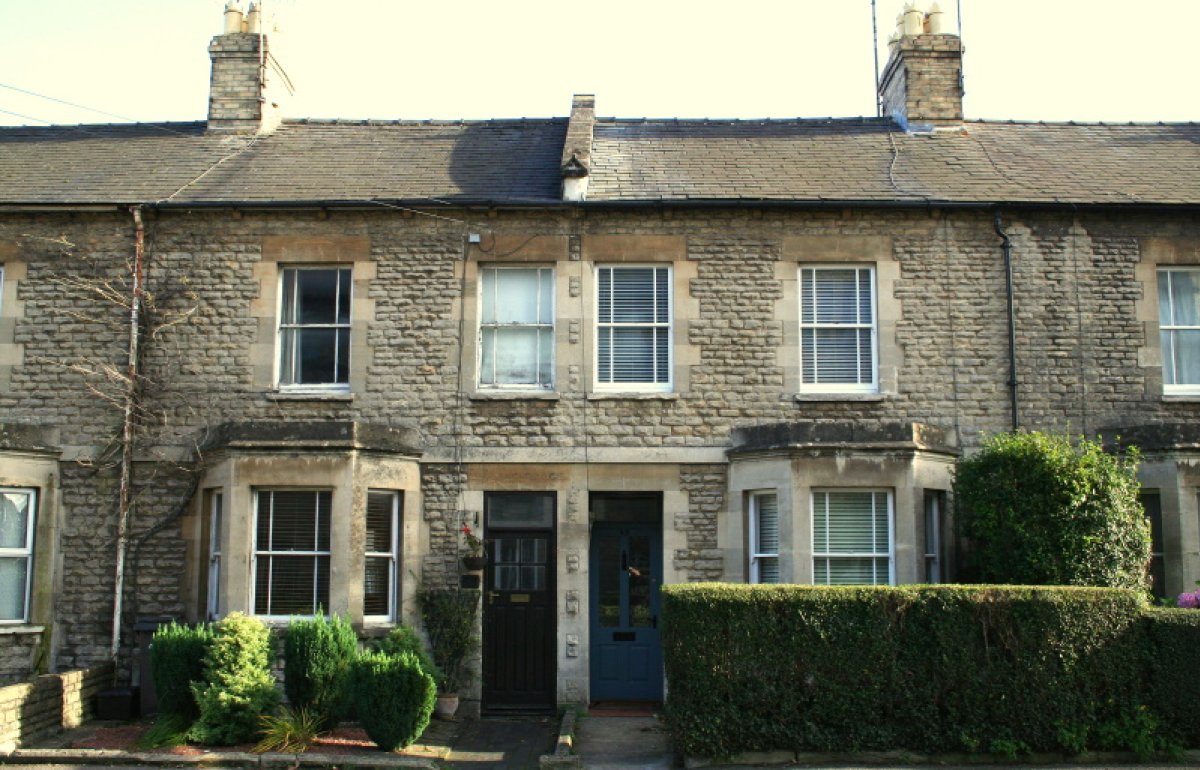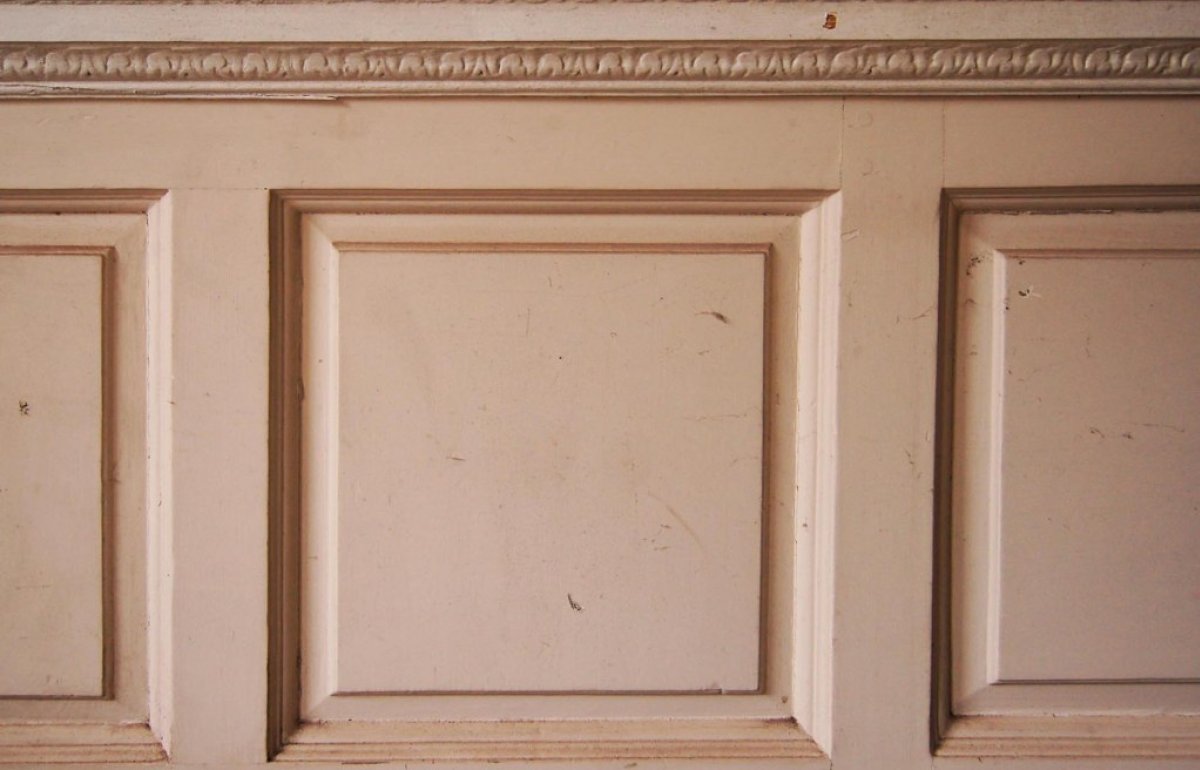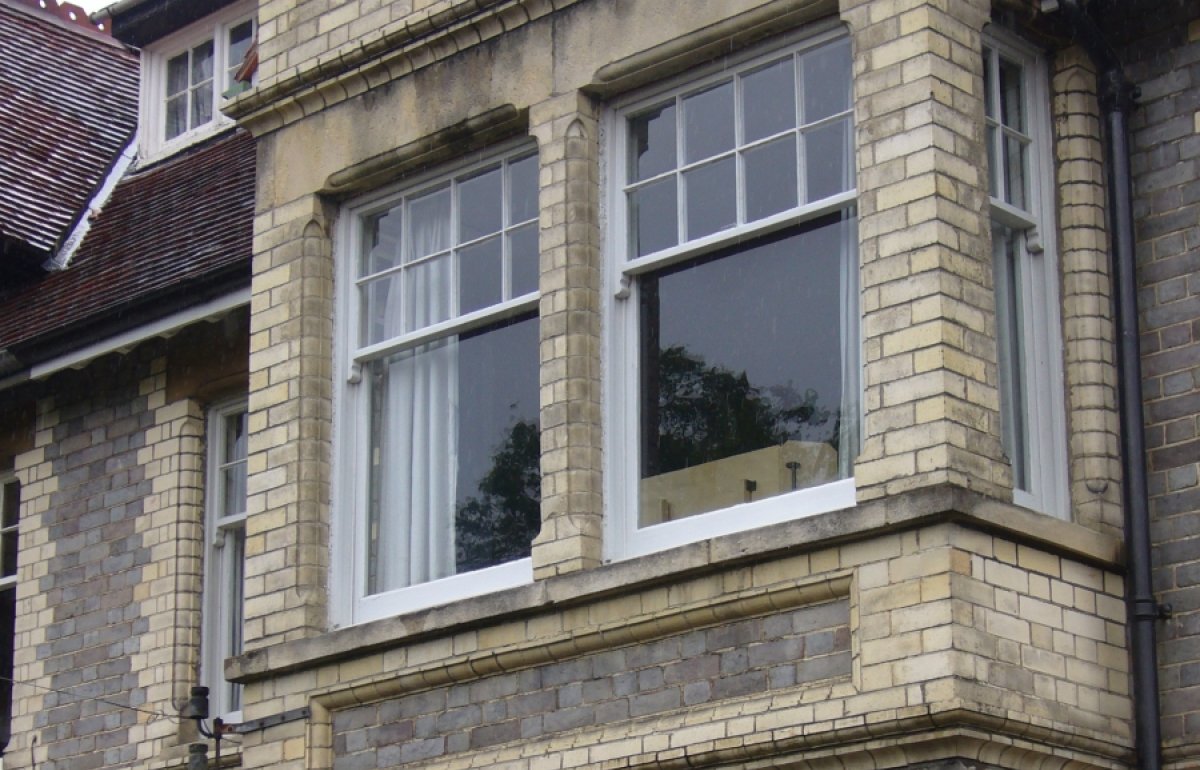Flooding
The flood risk is increasing – but there are fears that damage to old buildings is being compounded by unsuitable responses promoted by many insurance companies, loss adjusters and contractors.
Can I really do much to avoid flood damage to an old building?
The causes of flooding in buildings range from pipe bursts, overflowing appliances and fire-fighting to intense rainfall, poor site drainage, river surges and storm tides. Though prevention is outside the direct control of property owners in many cases, measures can usually be taken to reduce damage during flooding and the subsequent cleaning, drying out and repair of a building.
Old buildings commonly suffer more harm from inappropriate remedial work following flooding than from the event itself. Care should be taken to seek listed building consent where necessary and engage specialists qualified to deal with old buildings. The SPAB may be able to advise on suitable contacts.
Flooding in Tewkesbury
What precautions might I take against flooding?
Where no permanent barriers exist, temporary measures can be taken to delay floodwater from entering a building. These include fitting removable door and window boards, snap-on vent covers or wrap-round skirts, using sandbags, and applying sealant to gaps and holes. Maintaining the condition of external render and pointing is also wise. Steps can be taken, too, to combat the effects of floodwater once it enters a building, such as providing improved access and drainage to underfloor spaces, fitting anti-flood devices to foul drains and repositioning electrical installations higher up.
It is generally advisable to avoid tanking, water-repellent solutions, modern gypsum plaster and fitted carpets. Sensible flood precautions may sometimes help you obtain insurance cover in high risk areas.
How is a flood-damaged old building best cleaned?
Act swiftly, rather than hastily, and never remove wet plaster, joinery or other building components indiscriminately. Firstly, make sure the building is safe (ie services turned off pending inspection and no obvious structural damage), and fully photograph and record damage for later insurance claims. Then, after letting the floodwater recede by itself, remove any remaining standing water and drain voids (underfloor spaces, electrical ducts etc).
Mud, silt and debris should be shovelled up and disposed of appropriately, and air bricks cleared. Surfaces should be completely rinsed down with detergents and, where required, disinfected. Wear suitable protective clothing and beware of hazardous materials that need to be dealt with by the authorities. Enzyme bioremediation can be effective for removing oil contamination non-invasively.
How should an old building be dried out after flooding?
To prevent serious damage, dry the building slowly, first by natural ventilation, and then, where required, with extract fans, background heating and/or, unless wallpaintings exist, dehumidifiers.
Keep opened doors and windows secure against intruders, perhaps using temporary perforated boarding or metal grilles. Selected floorboards might need lifting carefully to prevent buckling, and wall panelling and door and window linings dismantled to hasten the drying of awkward spaces if specialist non-invasive techniques are not employed. Protect very soft external brick or stone from frost with water-resistant insulation and ventilated shelter. Drying may take several months and should be continued until: moisture levels are at or lower than before flooding (ascertained by assessing unaffected adjacent areas or properties); remaining moisture will not support active timber decay; and building materials can finish returning to equilibrium by themselves without further damage.
What repairs may flooding necessitate for my old building?
Structural work is rarely required, a notable exception being with heavily-saturated earth-based construction. Lime plaster tends to dry out on walls intact, whereas daub, gypsum plaster and plasterboard are more vulnerable to water damage. Floorboards and joinery items that are dried gently also usually survive flooding well, unlike fibreboard, some insulation and certain other non-original materials. Electrical installations frequently need renewing but if retained should be inspected regularly in the aftermath of flooding. Also check the building periodically for signs of structural movement and timber decay.
Salt deposits (‘efflorescence’) may appear during drying and can be brushed or vacuumed off, although heavily salt-laden joints in stone or brick floors might need repointing in lime.
Historic England guidance: flooding and older homes plus guidance on preparing for flooding; flood resistance and resilience; after a flood.




